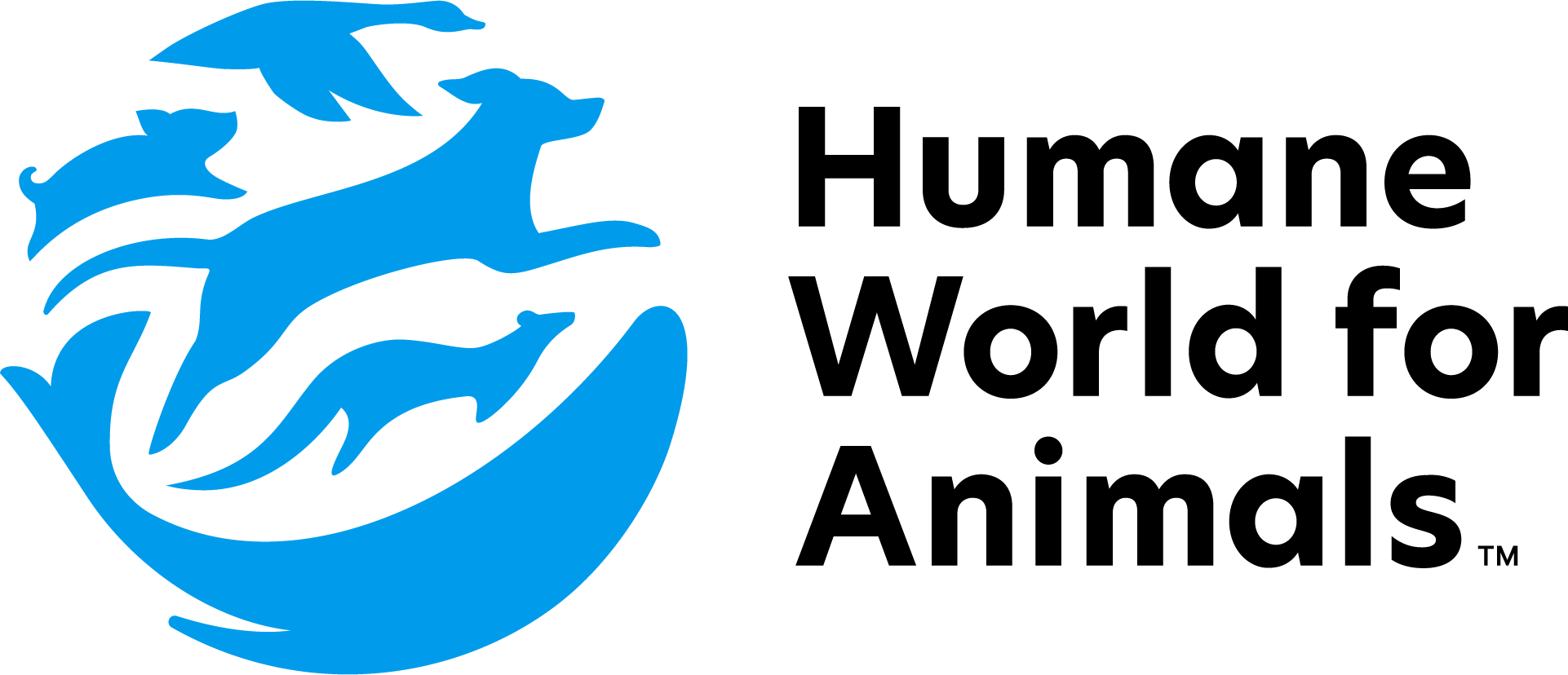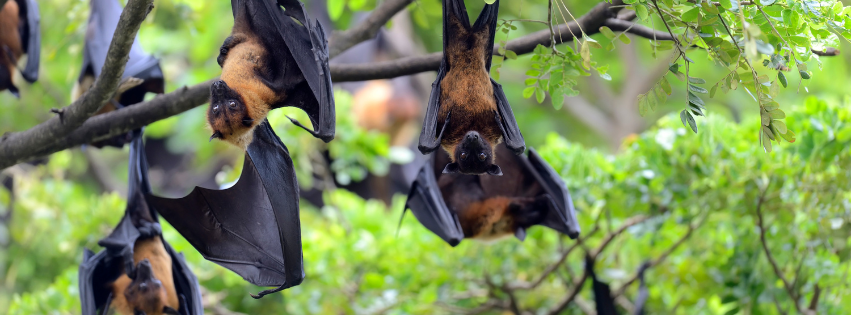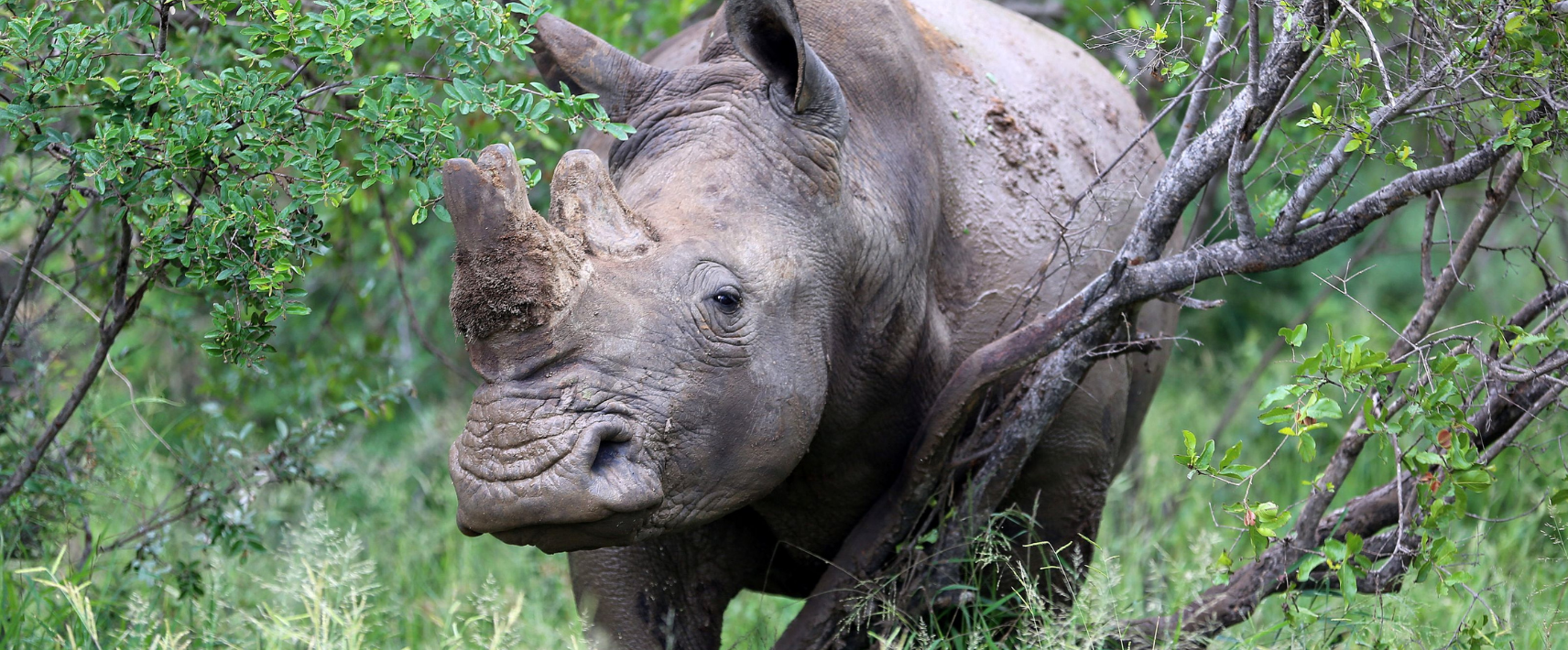SYDNEY (January 6, 2026) Humane World for Animals Australia (formerly called Humane Society International) has criticised the Crisafulli Government’s decision to reverse the former government’s phase-out of shooting flying foxes for crop protection. The animal protection charity says the move seriously undermines progress toward effective non-lethal management and brings back...
The 2024 New South Wales State of the Environment (SoE) report is in—and for our native wildlife, the picture is deeply concerning. From iconic marsupials and mammals to lesser known but equally vital amphibians, birds and reptiles, many animals across NSW are facing growing threats from climate change, habitat loss, pollution and poorly regulated industry practices.
While there are signs of progress in some areas, the overall trend is clear: biodiversity is still declining, and not nearly enough is being done to reverse it.
Key findings on NSW’s native animals
The SoE report outlines several worrying developments for animals across the state:
- More species are being pushed to the brink. Since 2021, 13 more native animals have been added to the threatened species list, bringing the total to over 1,100 threatened species in NSW alone.
- Extinction risks are rising. The status of 55 animals worsened over the past three years, with some, like the critically endangered northern corroboree frog, becoming even more vulnerable.
- Habitat destruction continues. Fragmented landscapes, land clearing, and ongoing development pressures are degrading the habitats animals rely on for survival.
- Management funding is lacking. Threatened species programs remain drastically underfunded, and many species recovery plans have expired or remain unfunded altogether.
So, what is getting better?
There have been some small wins:
- Protected areas are growing. The number of public and private protected areas has increased, with over 10% of NSW now under formal protection.
- Monitoring and data collection is improving. More comprehensive population and habitat monitoring is giving us a clearer picture of trends.
- Aboriginal leadership is gaining recognition. There are now 15 Indigenous Ranger groups and 11 Indigenous Protected Areas in NSW. Aboriginal-led land management and cultural fire practices are increasingly recognised as essential to biodiversity recovery.
Why it matters—and what’s next
Native animals are not just a part of Australia’s identity—they’re vital to the health of our ecosystems, our agriculture, and our climate resilience. If current trends continue, we risk losing not just individual species, but entire ecological communities.
Take the northern corroboree frog, for example. Found only in alpine and subalpine areas of NSW and the ACT, this striking black-and-yellow amphibian is critically endangered. Protecting species like the corroboree frog means more than isolated recovery efforts. It demands stronger laws, better planning, and consistent funding. Fortunately, there’s a chance to do just that: NSW is currently reviewing its Biodiversity Conservation Act. This review is a crucial opportunity to fix the gaps exposed in the report—especially the lack of accountability, enforcement, and long-term support for threatened species.
We’ll be watching this process closely and calling for reforms that truly protect nature, not just manage its decline.
The 2024 State of the Environment report—which you can read in full online—makes it clear: while there’s still time to act, the window is closing fast. These animals can’t wait another three years for action.


